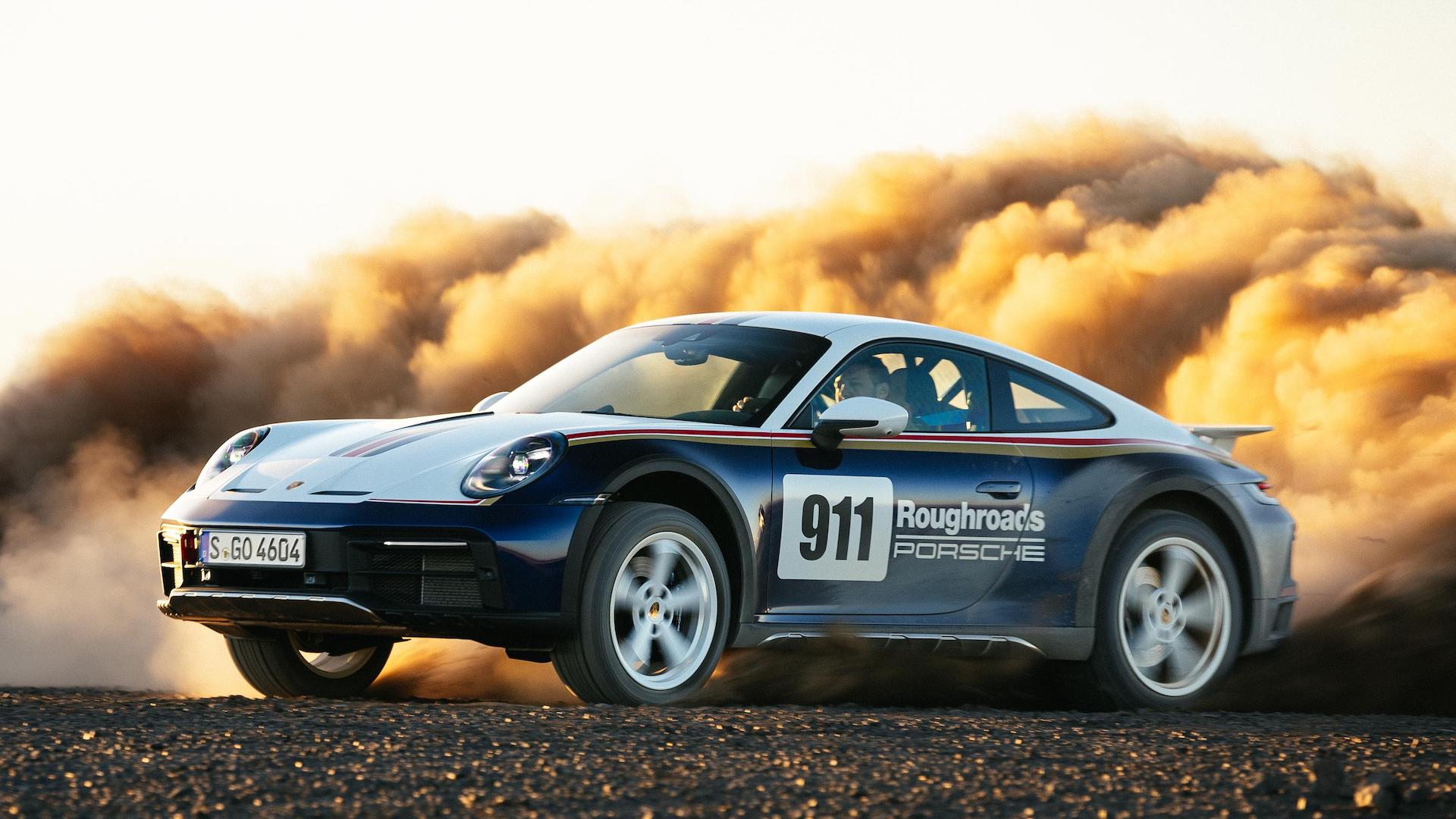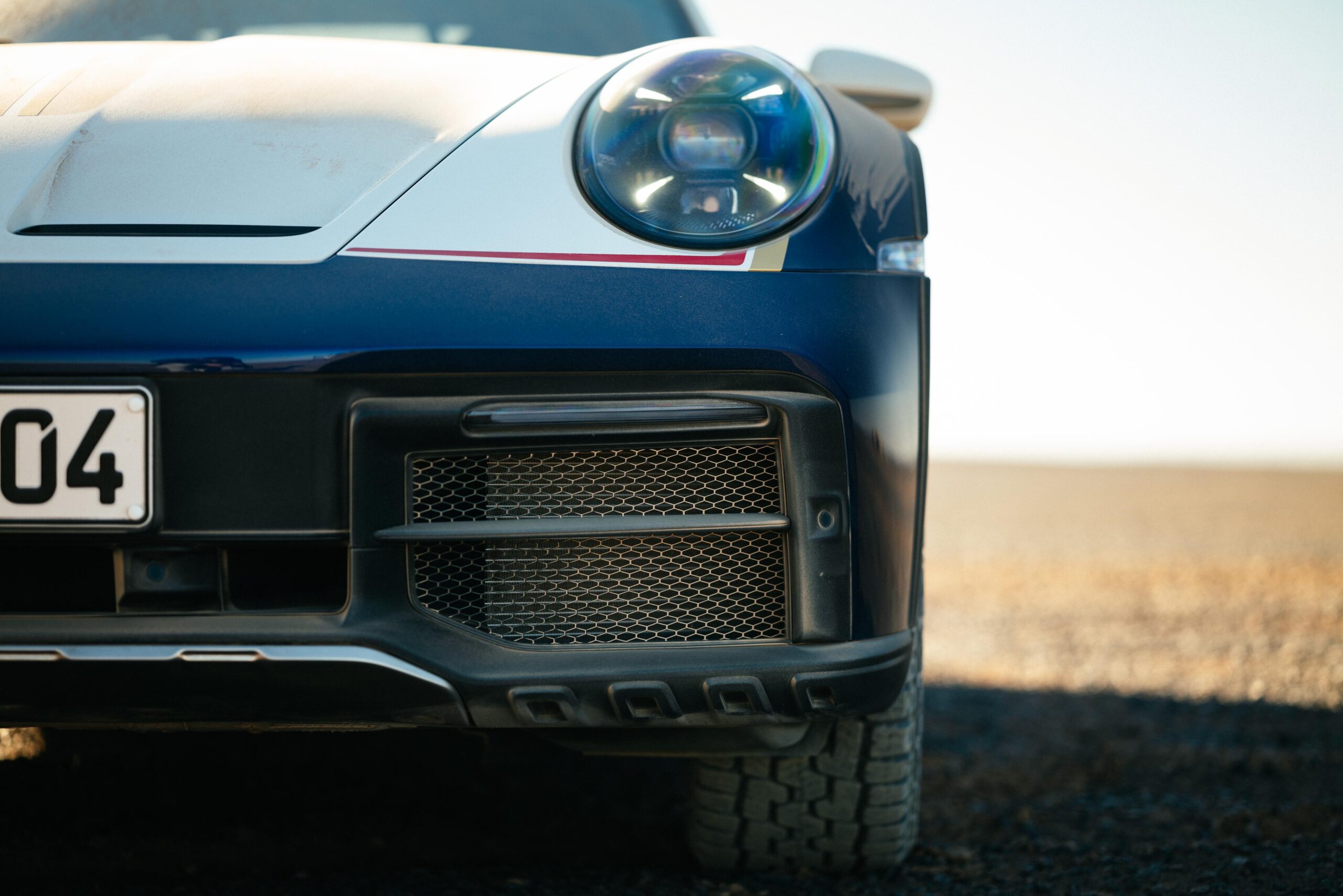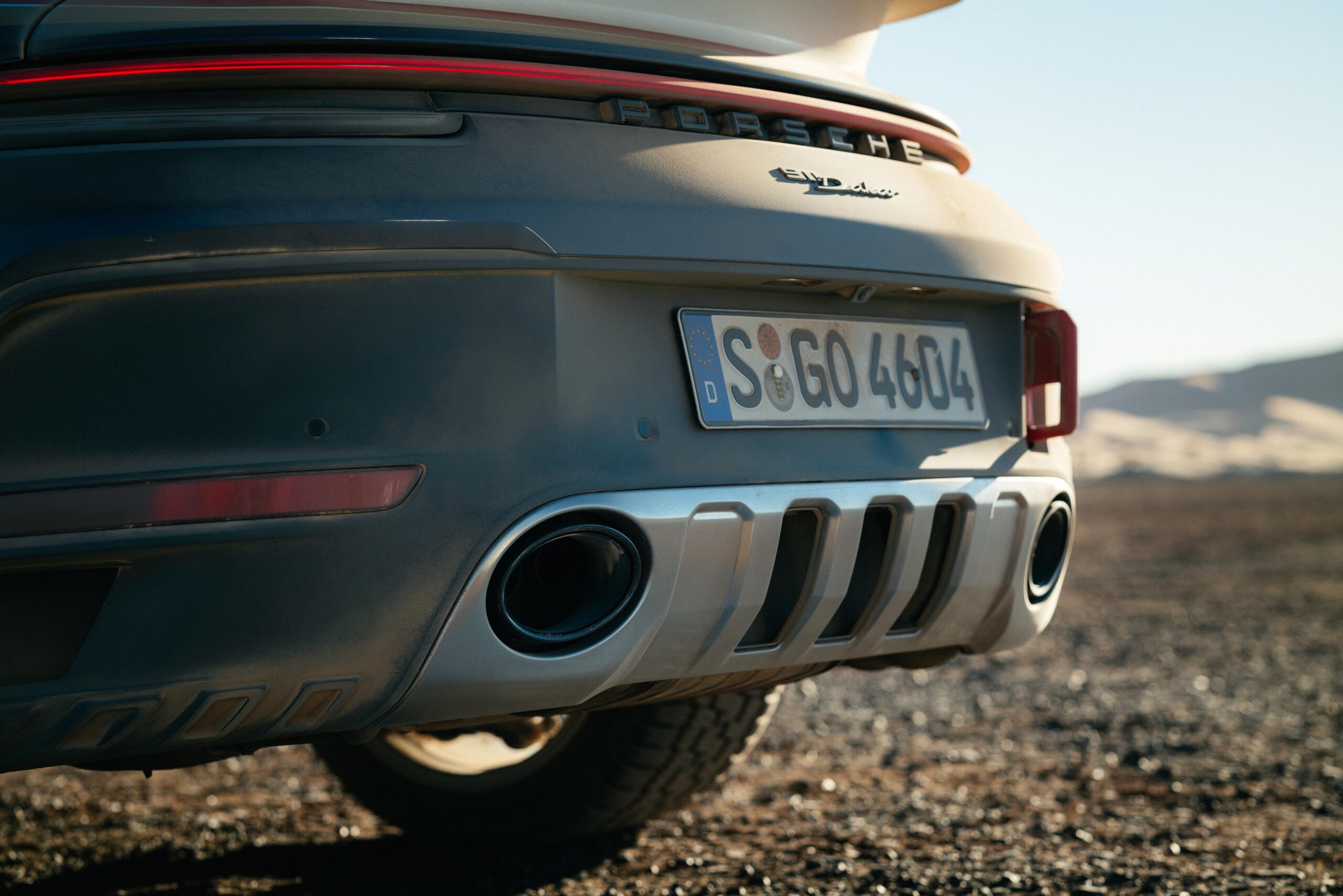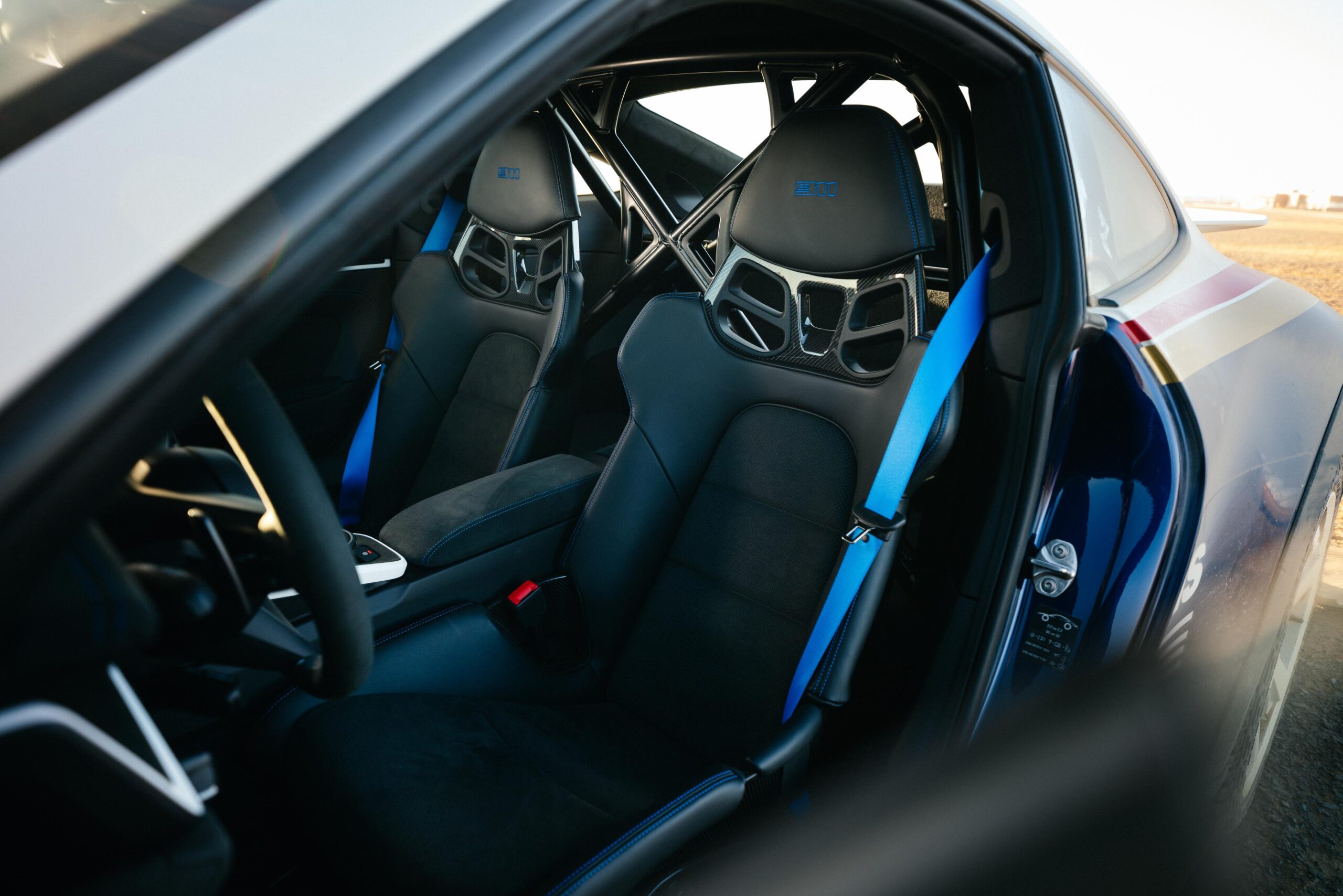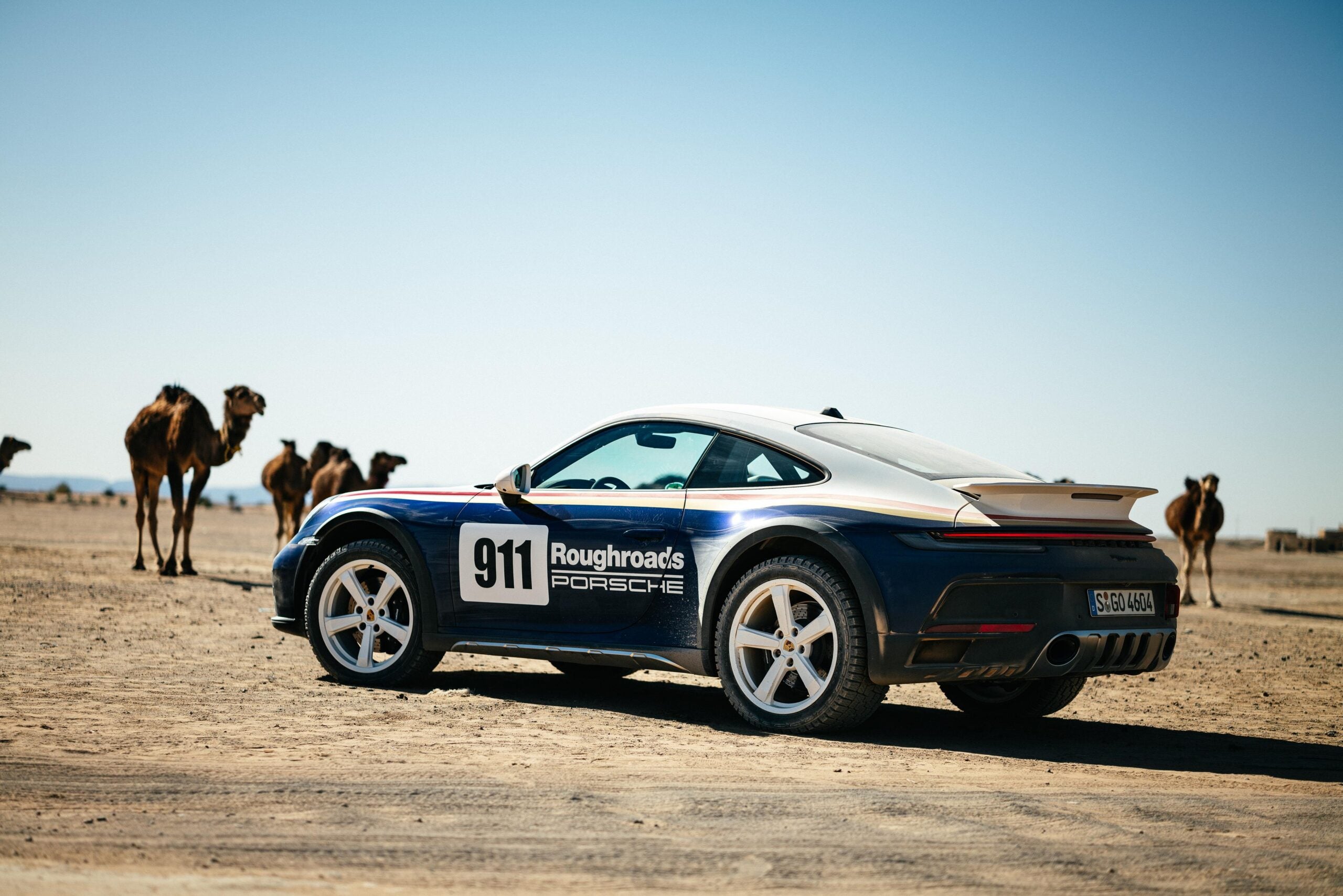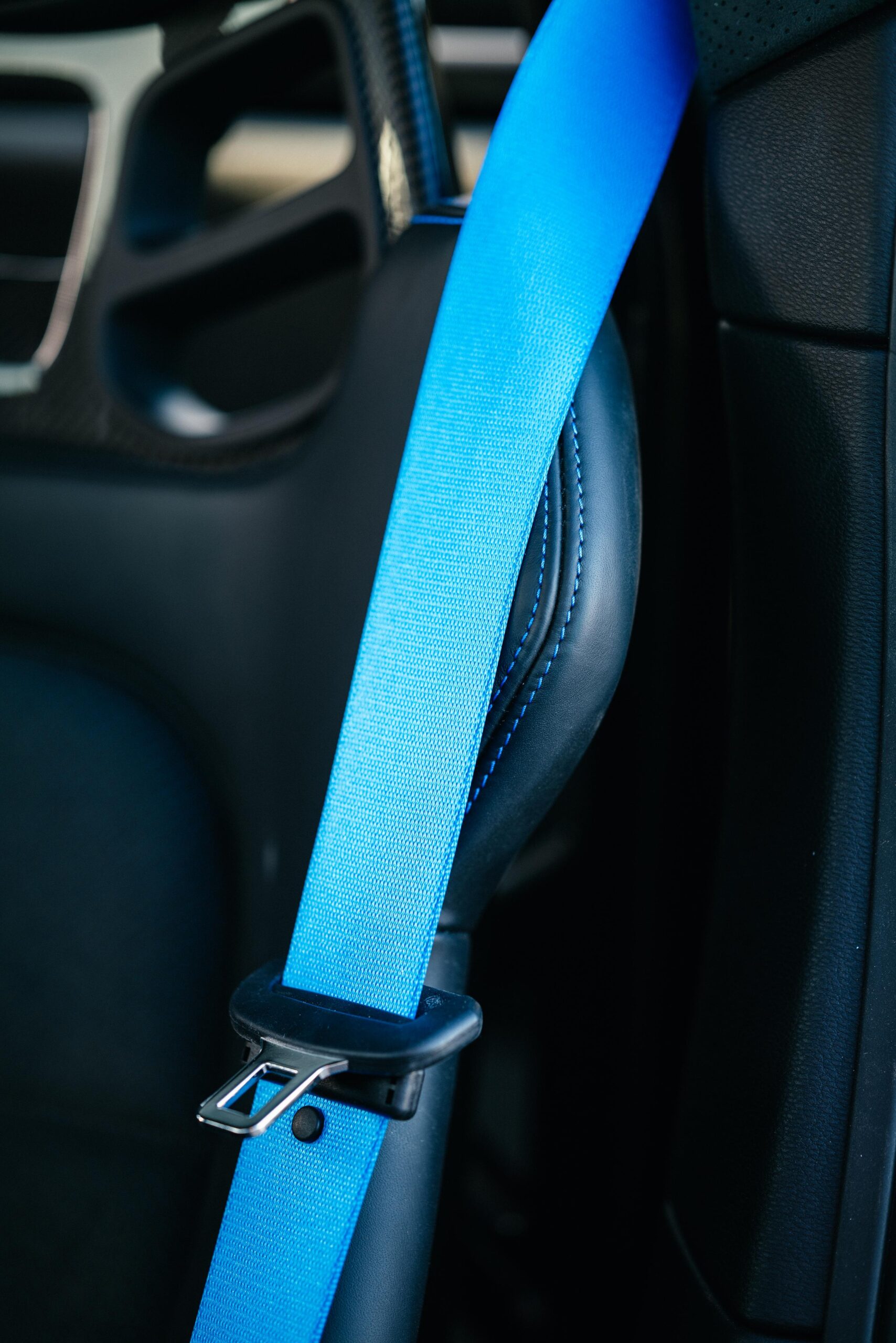Between the 2023 Porsche 911 Dakar and the Lamborghini Huracan Sterrato, there’s an emerging class of off-road sports cars that we should 1 million percent embrace. I can’t yet speak to the Lambo, but driving the 911 Dakar in the dunes of Morocco is the most hilarious, ridiculous, what-the-hell-is-actually-happening experience I’ve ever had behind the wheel of a Porsche. Car culture needs more of this, stat.
Honestly, you almost have to wonder: What took Porsche so long? Aftermarket tuners—and, excuse me, “reimaginers”—have been building off-road 911s for years, all harking back to Porsche’s iconic win at the 1984 Paris-Dakar rally in a Carrera 3.2 4x4. There’s been so much hype around the “Safari 911” you’d think Porsche would’ve glommed onto that enthusiasm (and wealthy consumer base) sooner. But the truth is, Porsche’s been trying to make the 911 Dakar a reality for nearly a decade, and development actually started with a previous, 991-generation test car.
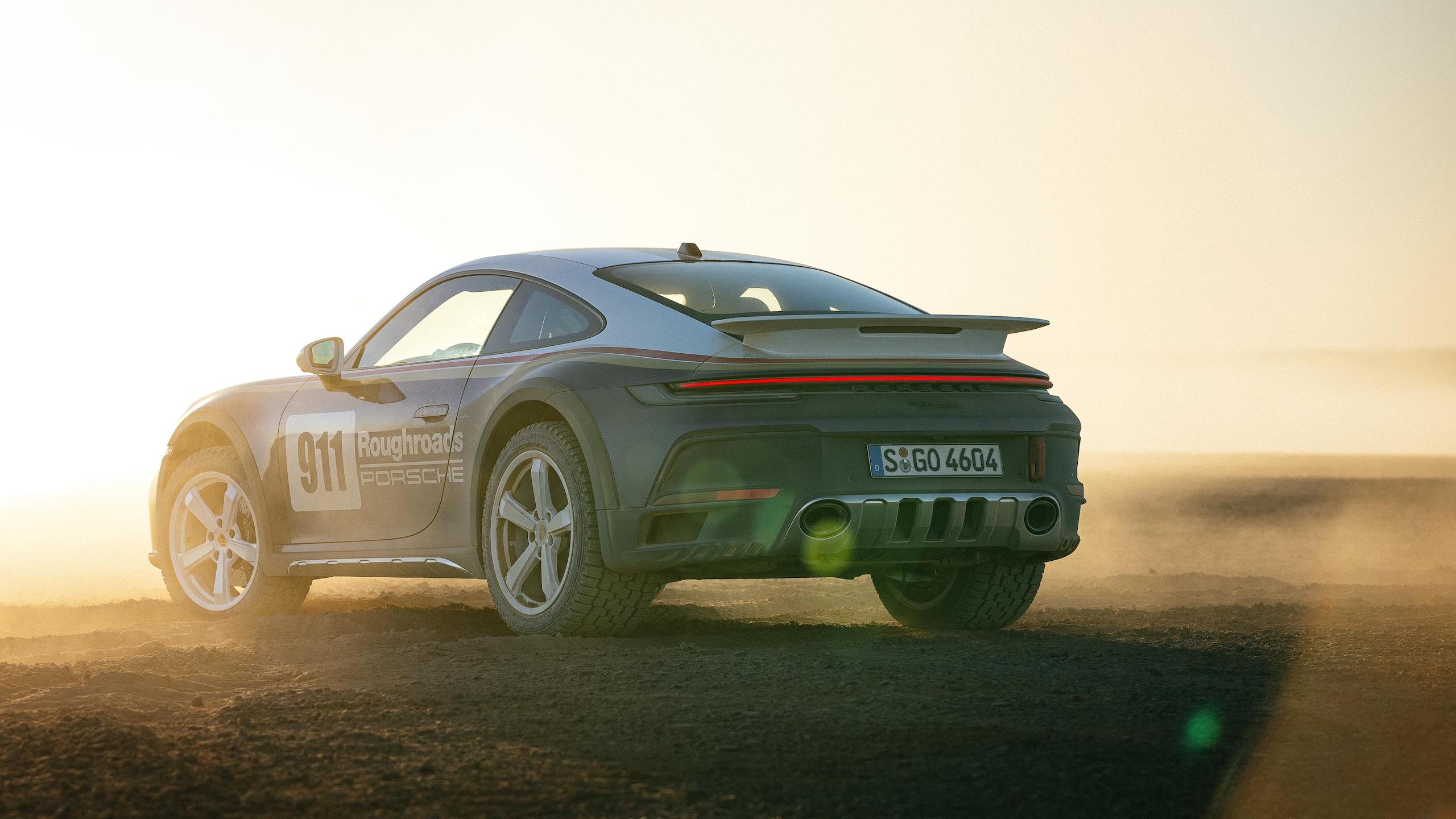
2023 Porsche 911 Dakar Review Specs
The 2023 Porsche 911 Dakar seems like a pretty simple updo at first glance. The Dakar builds off the 911 Carrera 4 GTS, and the most obvious changes are a two-inch increase in ground clearance and those chonky Pirelli Scorpion All-Terrain Plus tires, fitted in a staggered setup measuring 245/45ZR19 front and 295/40ZR20 rear. (Summer tires are available as a no-cost option, but like, don’t.) The redesigned front fascia is also new, its shaved-away underside allowing for a better approach angle. And if that carbon-fiber hood looks familiar, it’s because it’s borrowed from the 911 GT3.
Porsche
But here’s where things start to get a bit more involved. The suspension has longer links for increased wheel travel as well as softer dampers so initial impacts aren’t super jarring. In order to resculpt the 911’s front end, Porsche removed the Carrera GTS’ central radiator and instead fitted a pair of the larger cooling fans it uses on the 911 Turbo. The air intakes are different and the air filters are more robust, which is smart since the Dakar needs to be able to handle extended stints of dusty desert driving. The hood and spoiler are also made of carbon fiber to save weight, and the new diffuser incorporates the 911’s sport exhaust.
On paved roads at its normal ride height, the Dakar doesn’t drive too differently from a normal 911. Yes, the suspension is softer, so there’s more pitch and dive under acceleration and braking, as well as slightly more body roll while cornering. But all these movements aren’t as exaggerated as you might think. There’s a firm, planted feeling to driving this 911; it’s not like the Dakar is a Carrera GTS on Slinkies. The steering is also as direct and communicative as you’d expect. If there’s one thing to complain about, it’s the all-terrain tires’ more pronounced road noise.

Porsche
Because the 911 Dakar uses the same twin-turbo 3.0-liter flat-six as the Carrera GTS, power is also ample. This engine cranks out 473 horsepower and 420 lb-ft of torque, the latter of which is fully delivered between 2,300 and 5,000 rpm. Unfortunately, while you can get a seven-speed manual transmission in some Carrera S and GTS models, the 911 Dakar only comes with Porsche’s eight-speed dual-clutch automatic. With its all-wheel drive layout, Porsche estimates the 911 Dakar will accelerate to 60 mph in 3.2 seconds—on asphalt, anyway.
The Dakar comes with a dual-axle hydraulic suspension lift that can raise the ride height by 1.2 inches, for 7.5 inches in total. Put the 911 Dakar in its Offroad mode and the lift will automatically activate, and this setting also locks the all-wheel-drive system into a 50/50 front/rear split. That said, the Dakar’s torque-vectoring rear axle is still active, so that rear 50 percent can be shuffled side to side as needed. The center lock is what allows the Dakar to climb its way up steep dunes without issue, but that lateral torque transfer is how you can coax the rear end into kicking up a huge plume of sand.
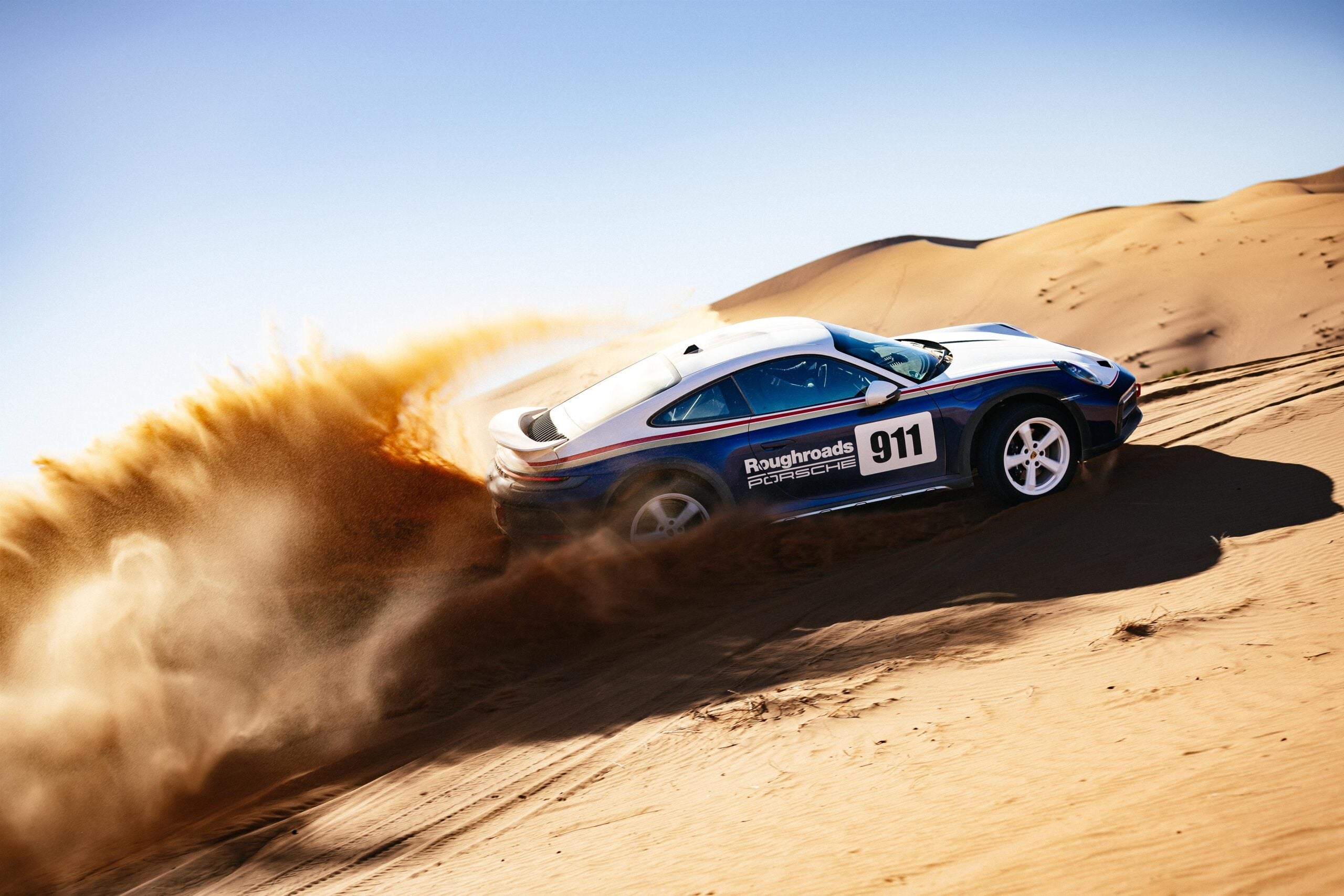
Disable the traction control and the 911 Dakar becomes a total freakin’ monster in the sand. Running across the warm dunes of the Sahara Desert, the 911 Dakar is as active and playful in these low-traction conditions as a 911 Carrera GTS is while carving corners on canyon roads. Air down the Pirelli tires for maximum prowess, keep a steady throttle application when you’re climbing hills and the dunes are no match for this 911. Stainless steel skid plates are positioned under the front and rear bumpers, as well as the side sills, so you won’t—well, shouldn’t—do too much damage if you come down too hard after a jump. But seriously, give it hell. The Dakar loves being pushed around.
Rallye mode is another Dakar-exclusive party trick, where the all-wheel-drive system switches to a much stronger rear bias. This is great for sliding around on dirt roads and gravel tracks; if you want to cosplay as a rallycross driver, this is the way to go. Switching to Rallye mode also changes the transmission mapping to hold gears for longer periods of time, letting you keep the flat-six running in the heart of its powerband, but an overriding up- or downshift is just a pull of a paddle shifter away.
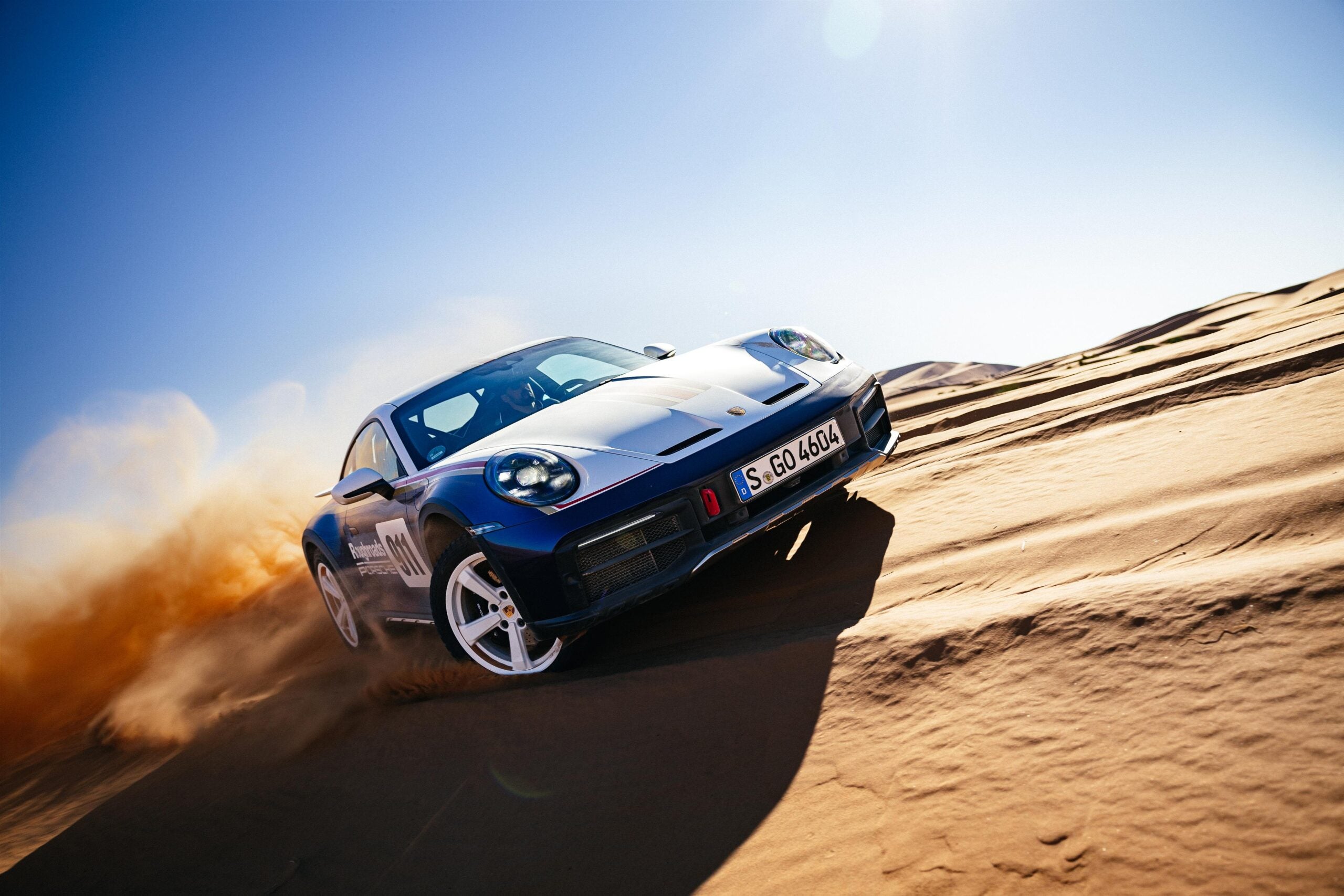
Even with this tail-happy enthusiasm, the 911 Dakar is super easy to control. Throttle inputs are immediately felt through the rear-end torque vectoring, and the quick, responsive steering will let you rein in any hooligan-level sloppiness before you start to climb the next dune. Oh, and if you do beach the 911 on the sand and get stuck—which I did; don’t ask—fixed, bright red tow hooks are clear hookup points so you can easily be pulled out by, say, Porsche event staff in a Cayenne Turbo.
Porsche offers a few different liveries for the 911 Dakar so you can go full rally spec, but buyer beware, it’s expensive. That fake Rothmans get-up—yes, it really says “Roughroads”—is part of a Rallye Design Package that costs a ridiculous $28,470. But at least you can have the three-digit number of your choosing printed on the decal. (How long before someone gets “420?”) My advice? If you’re gonna go all big spender, grab one of Porsche’s endless $12,830 Paint to Sample colors.
Porsche
There’s a Rallye Sport Package available for buyers outside the U.S., which is how you get the bolt-in roll bar behind the front seats. However, the single-piece carbon-fiber buckets are standard no matter where you live, though Porsche will swap those out for more comfortable 18-way power-adjustable seats if you wish (and for free). Back seats, on the other hand, are a no-go no matter what, because Porsche uses the would-be mounting space to house the rear-axle hydraulic lift. Priorities, folks. Priorities.
Only 2,500 examples of the 911 Dakar will be sold globally. In the U.S., prices start at $223,450 including $1,450 for destination, which puts the Dakar right up there with the 911 GT3 RS.
Porsche’s got a real hit on its hands with the 911 Dakar, and my sincere hope is that this one-off won’t be the last. Surely there’s a more powerful variant in the works to properly battle the Huracan Sterrato. Here’s hoping other car companies get in on the brilliantly absurd action, too.
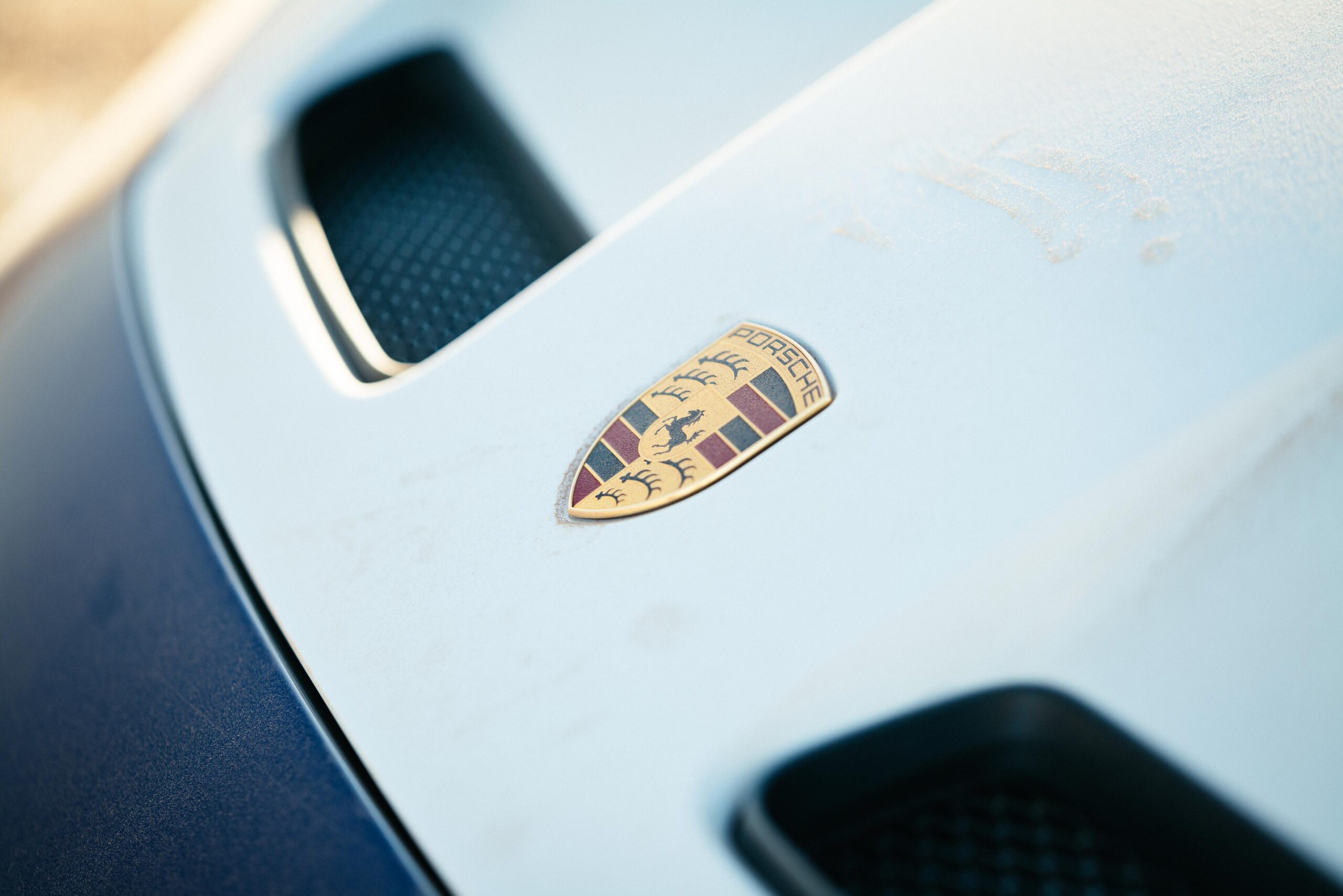
Got a tip? Email [email protected]
